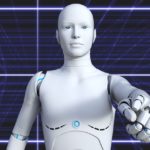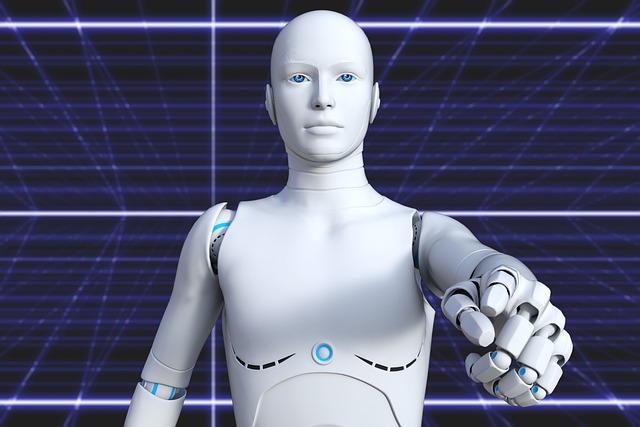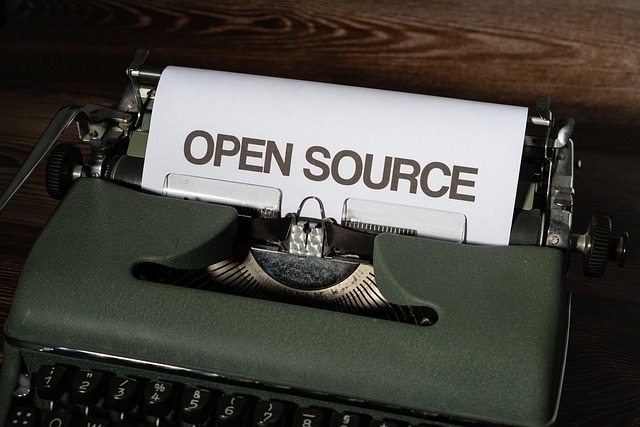# AI Technology and Its Role in Shaping Tomorrow’s Innovations and Human Interactions
Artificial Intelligence (AI) has transformed the landscape of technology and human interaction in unprecedented ways. As we delve into the intricacies of AI, it becomes clear that its influence extends beyond mere automation; it is a catalyst for innovation and a bridge for enhancing human connections. This article explores the multifaceted role of AI technology in shaping future innovations and redefining how we interact with one another.
## The Evolution of AI: A Brief Overview
To understand the current impact of AI, it is essential to trace its evolution. Initially, AI was confined to theoretical frameworks and rudimentary algorithms designed for specific tasks. The advent of machine learning and deep learning in the late 20th and early 21st centuries marked a significant turning point. These advancements allowed systems to learn from data, improving their performance over time without explicit programming. As a result, AI has evolved into a sophisticated tool capable of performing complex tasks, from natural language processing to image recognition.
Emerging technologies, such as neural networks and reinforcement learning, have further propelled AI into the forefront of innovation. These technologies enable AI to analyze vast datasets, recognize patterns, and make predictions with remarkable accuracy. Consequently, industries ranging from healthcare to finance are leveraging AI to enhance decision-making processes, streamline operations, and ultimately drive growth. The evolution of AI technology has not only revolutionized industries but also paved the way for new forms of human interaction.
## AI in Innovation: Transforming Industries
Innovation is often the lifeblood of progress, and AI is proving to be an indispensable component in this process. In the healthcare sector, for instance, AI algorithms are being utilized to analyze patient data, predict disease outbreaks, and personalize treatment plans. By harnessing the power of AI, medical professionals can make more informed decisions, leading to improved patient outcomes and more efficient healthcare systems. The integration of AI in diagnostics and treatment is not just a trend; it represents a fundamental shift in how healthcare is delivered.
Moreover, the manufacturing industry is experiencing a renaissance, thanks to AI-driven automation and predictive maintenance. Smart factories equipped with AI technologies can optimize production processes, reduce downtime, and enhance product quality. Robotics, powered by AI, are increasingly taking on complex tasks that were once the domain of human workers, leading to increased productivity and safety. This transformation is not merely about replacing human labor; it also creates opportunities for workers to engage in more creative and strategic roles.
Another area where AI is driving innovation is in the realm of customer service. Chatbots and virtual assistants, powered by natural language processing, are revolutionizing how businesses interact with their customers. These AI-driven tools can handle inquiries, provide personalized recommendations, and resolve issues around the clock, enhancing customer satisfaction and loyalty. As businesses continue to adopt AI technologies, the potential for innovation in customer engagement will only grow, reshaping the landscape of consumer interactions.
## Human Interactions in the Age of AI
While the technological advancements brought about by AI are impressive, the implications for human interactions are equally significant. The way we communicate, collaborate, and form relationships is evolving in tandem with these advancements. AI technologies are facilitating new forms of interaction that were previously unimaginable. For example, virtual reality (VR) and augmented reality (AR) applications, enhanced by AI, are creating immersive experiences that allow people to connect in ways that transcend geographical barriers.
In educational settings, AI is fostering personalized learning experiences. Adaptive learning platforms use AI algorithms to assess students’ strengths and weaknesses, tailoring educational content to meet individual needs. This not only enhances the learning experience but also promotes a more engaging and interactive environment. As a result, educators can focus on fostering critical thinking and creativity, equipping students with the skills needed for the future workforce.
Concerns about the impact of AI on human interactions cannot be overlooked. The rise of AI-driven communication tools raises questions about the authenticity of interactions. As algorithms increasingly mediate our conversations, there is a risk of diminishing the quality of human connections. Striking a balance between leveraging AI for efficiency and preserving the essence of human interaction is crucial as we navigate this new landscape. It is essential to ensure that AI serves as a tool to enhance, rather than replace, genuine human connections.
## Conclusion: A Future Shaped by AI
In conclusion, AI technology is poised to play a pivotal role in shaping tomorrow’s innovations and human interactions. Its evolution from a theoretical concept to a powerful tool has led to transformative changes across various industries. By driving innovation in healthcare, manufacturing, and customer service, AI is not only enhancing efficiency but also redefining the way we engage with the world around us.
As we embrace the potential of AI, it is imperative to remain vigilant about its implications for human interactions. The challenge lies in harnessing AI’s capabilities while ensuring that we maintain the authenticity of our connections. Ultimately, the future shaped by AI holds immense promise, provided we navigate its complexities with foresight and responsibility. The interplay between technology and humanity will determine the trajectory of our interactions and innovations in the years to come, making it an exciting time to be at the forefront of this transformative era.











